Should you buy a Suzuki Swift Sport as a Mazda CX-3 alternative?
If you’re in the market for a small car or SUV, there’s a good chance you’re considering a Mazda. But there’s a value proposition worth your time in the Suzuki Swift Sport if spritely performance and minimalism are in your wheelhouse…
You’re in the market for something like a Mazda CX-3, but you might be thinking, ‘do I really need an SUV?’
After all, most small and compact SUVs do not feature all-wheel drive, so the breadth of driving capability is virtually identical to a regular hatchback.
Not only that, higher ground clearance in an SUV means inferior driving dynamics and aerodynamics for that matter, which in turn means lower efficiency. Depending on the model, a small SUV might also feature some kind of mild all-terrain tyres, which further impact efficiency.
You might also be considering putting the Mazda 3 hatchback, the Kia Cerato and Hyundai i30 on your list - and if you need the dynamic security of all-wheel drive, stick the Subaru Impreza on there for the sake of being thorough, for anybody with steep driveways, gravel roads, hilly suburbs or regional travel (including your favourite winery)…
What's the comparison?
Looking at the Mazda CX-3 as an example, mainly because it is a very good little SUV but also one of the most popular in Australia, the Swift Sport is about $3000 dearer if you go for the manual, or $5000 dearer for the auto.
However, that’s against the base CX-3 Sport which is not really the equivalent trim, considering the Swift Sport is the flagship variant in its range. So for this comparison we’ll look at the second-from-the-bottom CX-3 Pure. It starts from $29,300, while the Swift Sport manual starts from $29,990, plus two grand for the auto.
Size
The Swift is a small vehicle. That’s pretty obvious. But the packaging is really clever. For example, the Swift offers very similar rear legroom. And because the roof doesn’t swoop down like in the CX-3, there is more head clearance getting in and the perception of headroom is greater thanks to the taller and more upright cabin orientation in the Swift.
According to the specs, the Swift measures in at 1495mm tall whereas the CX-3 stands at 1535mm. But, most of that difference is in the ground clearance; 120mm versus 155mm (35mm of that 40mm difference). If you don’t need ground clearance you’re really not missing out on much in terms of height in the Swift.
The Swift Sport is 1735mm wide compared with 1765mm. Some of that difference can be attributed to the plastic wheel arch cladding on the CX-3, as the front track is 1525mm on the Swift compared with a narrower 1510mm on the CX-3. At the back, the rear track is 1515mm in the Swift and 1520mm in the CX-3.
As you can see, these two vehicles are extremely close in size in terms of what bits affect you and the space you’re going to use. Being a much shorter vehicle in length, 3890mm versus 4275mm, the Swift is going to be easier to thread through tight city streets and in car parks; the turning circle is 10.2m compared with 10.6m in the CX-3.
Okay, surely boot space is in favour of the CX-3? You might expect an SUV to automatically offer more room than a hatchback. In this case, the CX-3 presents 264L against 265L in the Swift. That’s a whopping 1L of extra space. In all seriousness though the CX-3 does offer more if you fold down the rear seats, with 1174L against 918L.
If you’re planning to carry long items regularly, then the CX-3 is going to be the more attractive proposition. But aside from that, the Swift offers very similar cabin volume and useable space, only in a smaller overall package.
Storage space around the centre console area is comparable to the CX-3, with twin cup holders and two trays against three square tubs in the CX-3 and a small tray in front of the gear shifter. Two of those square tubs could be substituted for cup holders in the CX-3.
Driving
The Swift Sport is one of the most enjoyable little cars on the market. It’s full of zest and it is so easy to drive. Visibility is great thanks to the upright and tall cabin with big windows. You often feel like you’re wearing the car rather than sitting in it.
Power comes from a peppy 1.4-litre turbo-petrol four-cylinder engine. It produces 103kW at 5500rpm and 230Nm between 2500-3000rpm. This is the same engine that propels the larger and heavier Vitara and S-Cross, so in this little machine it is not having to work hard at all.
Speaking of working hard, the Sport weighs just 970kg with the automatic transmission (945kg for the manual). Figures like this are unheard of in a modern vehicle. It’s difficult to understand how Suzuki pulled it off.
Low weight is a win in so many areas. Firstly, the driving feel. A lightweight vehicle usually presents quicker response in terms of steering feedback and sharpness, and the suspension is less prone to crashing out over big bumps. With less weight to push back up, the springs do not need to be as tightly tensioned, allowing the dampers to do their job of absorbing impacts more effectively.
The CX-3 Pure weighs 1210kg. That’s 240kg of extra weight to lug around. As a result, the Swift Sport offers greater performance and acceleration despite producing less power.
Mazda’s 2.0-litre non-turbo CX-3 develops 110kW at 6000rpm and 195Nm at 2800rpm. Peak power is achieved 500rpm further up the rev counter, and peak torque is not spread over a rev range like in the Swift.
Torque is often overlooked when browsing through car specs. But in most cases it is the more important figure. Torque is what pushes the vehicle up hills and up to speed. So, generally speaking, having good low-end torque means fuel economy is often superior compared with an engine that needs more revs to achieve its peak.
After all, how often do you drive around town revving the guts out of your vehicle?
I'll help you save thousands on a new Suzuki Swift or Mazda CX-3 here
Just fill in this form. No more car dealership rip-offs. Greater transparency. Less stress.
Fuel economy
This brings us onto fuel consumption. Turbocharged engines used to be reserved for high-performance vehicles only. But these days, most manufacturers adopt turbochargers purely for their efficiency benefits. They work by using exhaust gas and pressure to essentially spin a fan, which then pressurises the intake air.
Simply put, turbochargers help an engine breathe. Imagine going for a run with a pair of undies stretched over your face. It’s going to be slightly difficult to breathe, isn’t it? Not to mention the odd looks you’ll have to endure from passersby.
Now imagine a fresh breeze blowing air straight into your de-undied face. That’s much better, isn’t it? Probably smells nicer, too. That’s what a turbocharger is like for an engine. It doesn’t have to suck air in via the air filter and plumbing, but instead receives the flow from a light-pressure fan.
This means improved performance and fuel economy, in most cases. For the little Swift Sport, the official fuel consumption rating is 6.1L/100km in the auto. The Mazda is rated at 6.3L/100km. In real-world driving conditions, away from lab tests, the Swift can actually achieve its official rating whereas you have to try a lot harder in the Mazda.
Safety
The Sport is made in Japan and the CX-3 is made in Thailand, and both have been awarded the full five-star ANCAP safety rating. However, the Swift was last tested in 2017 and the rating still stands today whereas the CX-3 is currently listed as ‘unrated’. But it was last tested in 2015 and given five stars.
As standard the Swift Sport auto comes with autonomous emergency braking (low and high speed), rear cross-traffic alert, a rear-view camera, lane-departure warning with blind-spot sensors, and driver fatigue warning.
The Mazda CX-3 Pure misses out on high-speed AEB but it does add pedestrian detection. It does not come with rear cross-traffic alert, and seatbelt pretensioners are only included in the front – the Swift has them in the back as well. Both are packed with eight airbags.
Infotainment
The Swift Sport comes with an 8.0-inch touch-screen and a six-speaker sound system. It’s not the most advanced infotainment system out there but it is user-friendly, so it’s not too distracting to use while driving.
The system supports Android Auto and Apple CarPlay, but it misses out on wireless CarPlay like in the CX-3. It also misses out on digital radio. The Mazda’s hand controller dial on the centre console is superior because it means less focus on where you’re pointing your finger, resulting in more focus on the road.
In front of the driver are two mechanical dials in the Swift, for the revs and speed, with a small digital screen for the trip and vehicle information. The screen is small but it conveys all of the usual details you need, and in a clear layout that you can toggle through very easily.
Is the Swift Sport a good alternative to the CX-3?
You might not have considered weighing up these two but, as it turns out, the difference between them is marginal. They offer the same space inside and come packed with similar features, and cost around the same.
Where the Swift Sport edges ahead is with its city-driving manoeuvrability thanks to smaller external dimensions and taller windows. It also offers a heightened sense of driving enjoyment, greater fuel efficiency and better performance.
The CX-3 is the pick if you need to haul around long items in the boot, and the in-car tech is nicer to operate and look at. With 35mm of additional ground clearance, the CX-3 has a greater potential to venture off road, but forget anything serious as it is front-wheel drive and features a low and pointy front end.
A quick online calculator shows an insurance premium difference of around $11 per year ($881 versus $870 for this specific driver), in favour of the CX-3. That’s using the same driver details and location. But be sure to check for yourself against your details for a more accurate quote.
Conclusion
Like with any new vehicle you're considering buying, it's always a good idea to go and drive some of the competitors just so you know what else is out there. You might be surprised.
It might further validate your decision, too. If nothing else, do it for the sake of wasting the dealerships' time.


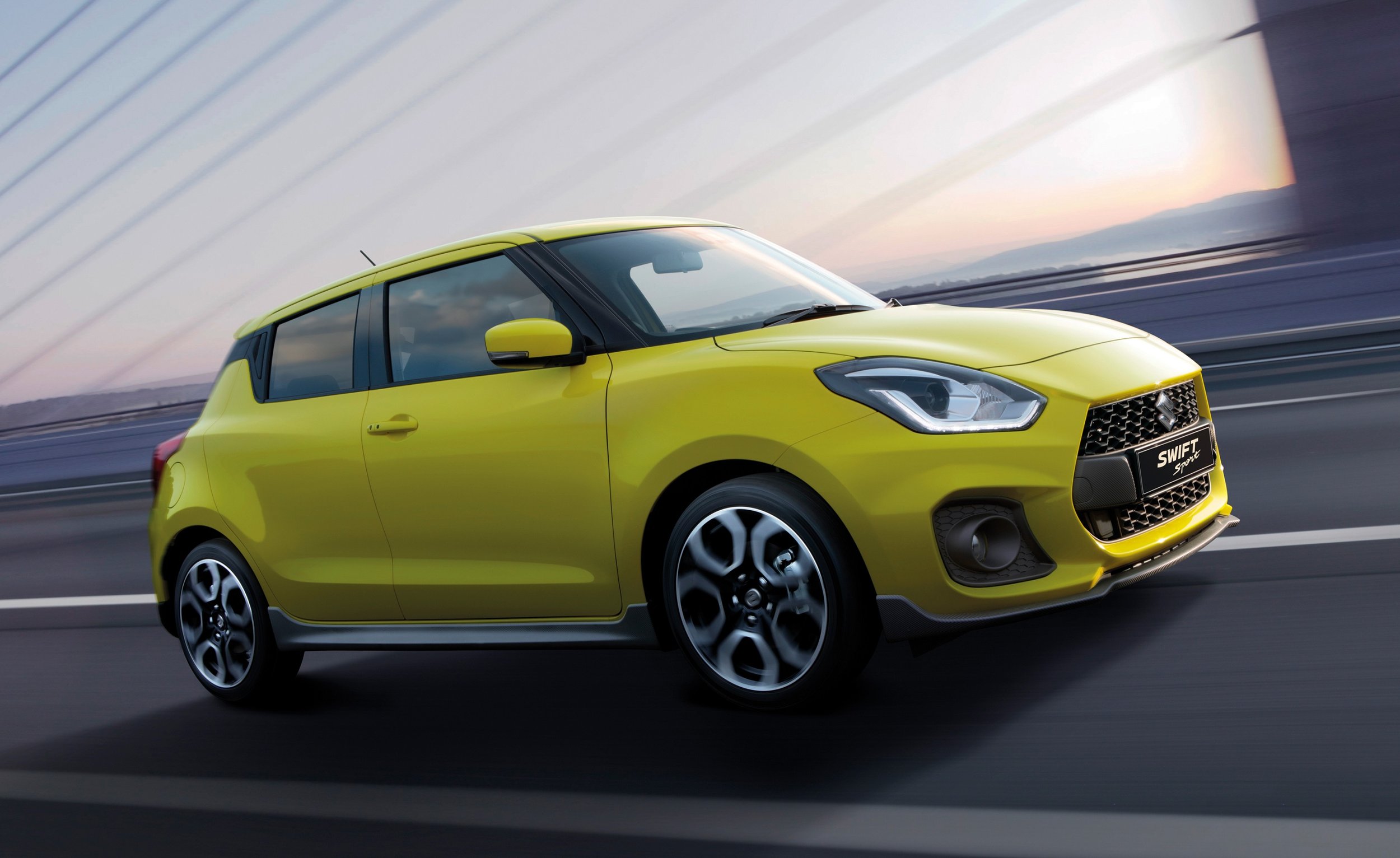

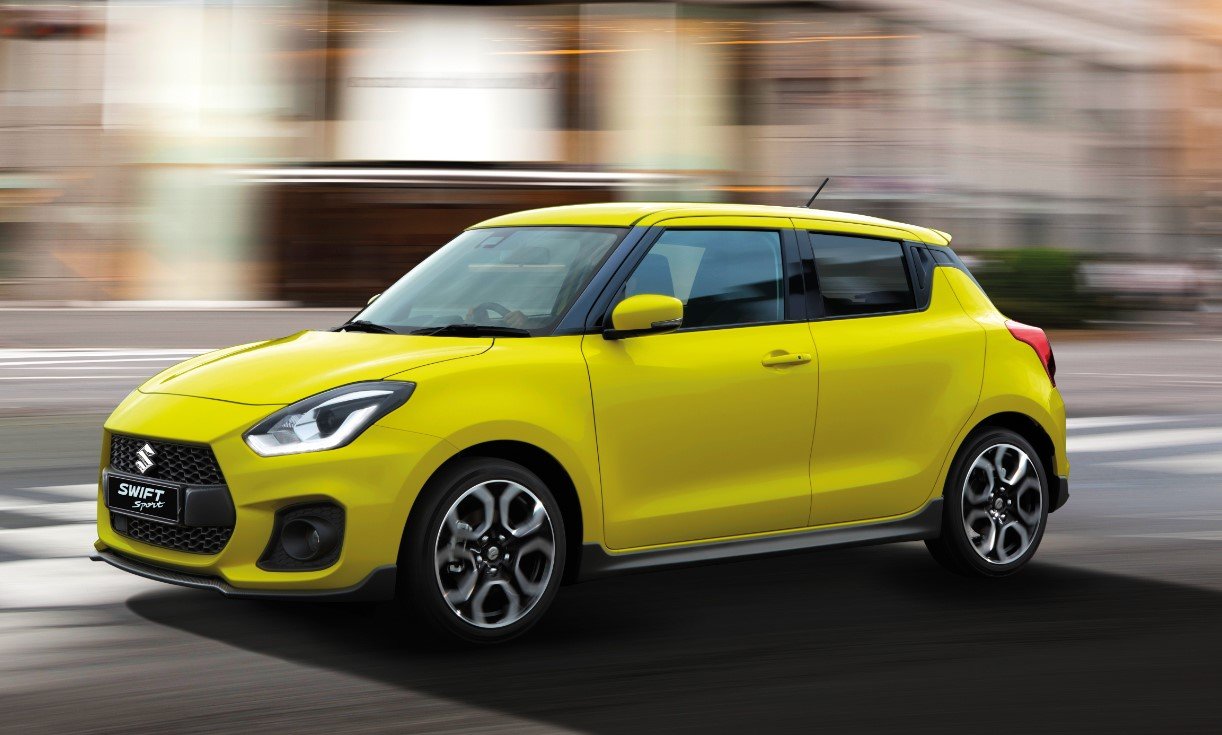
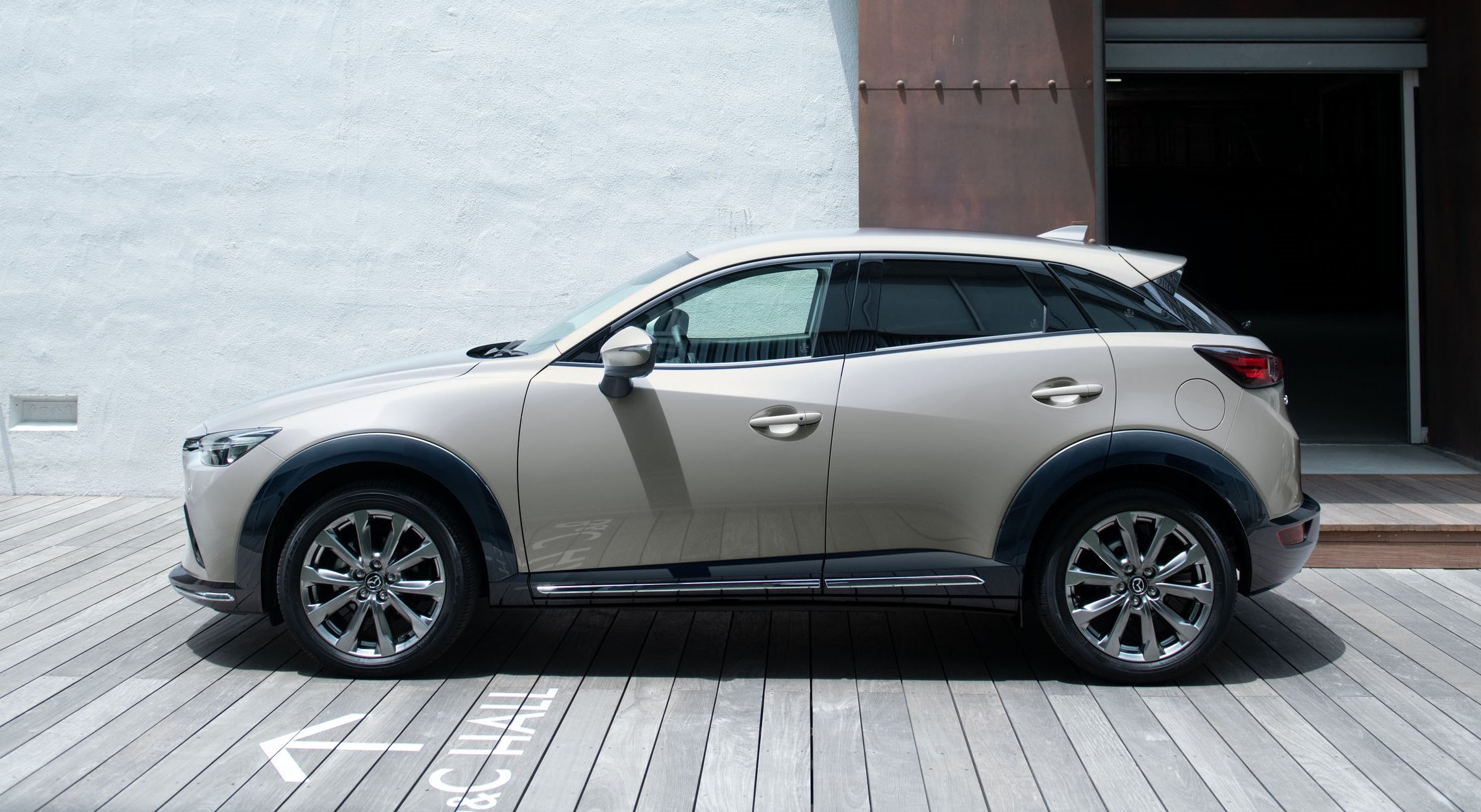

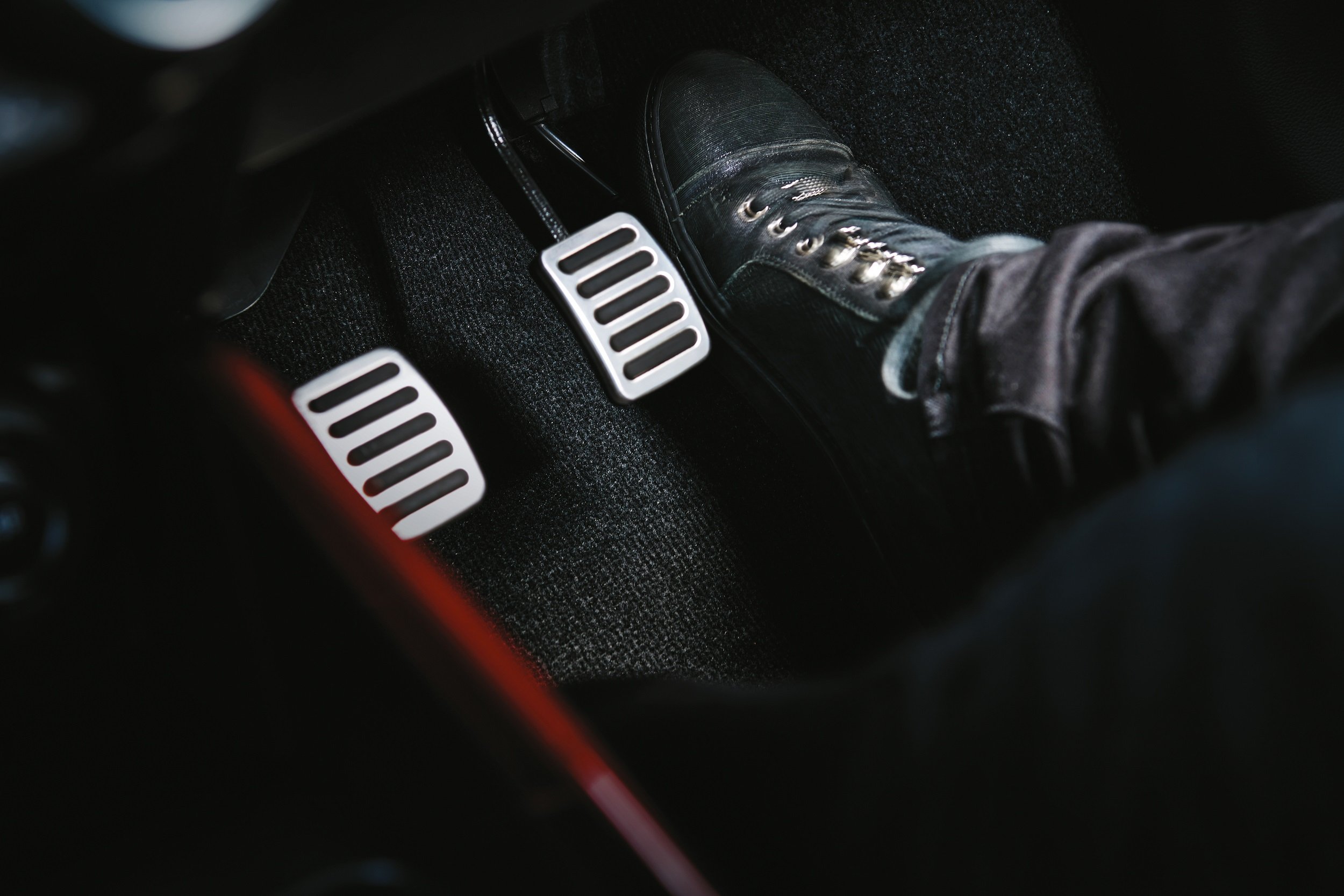
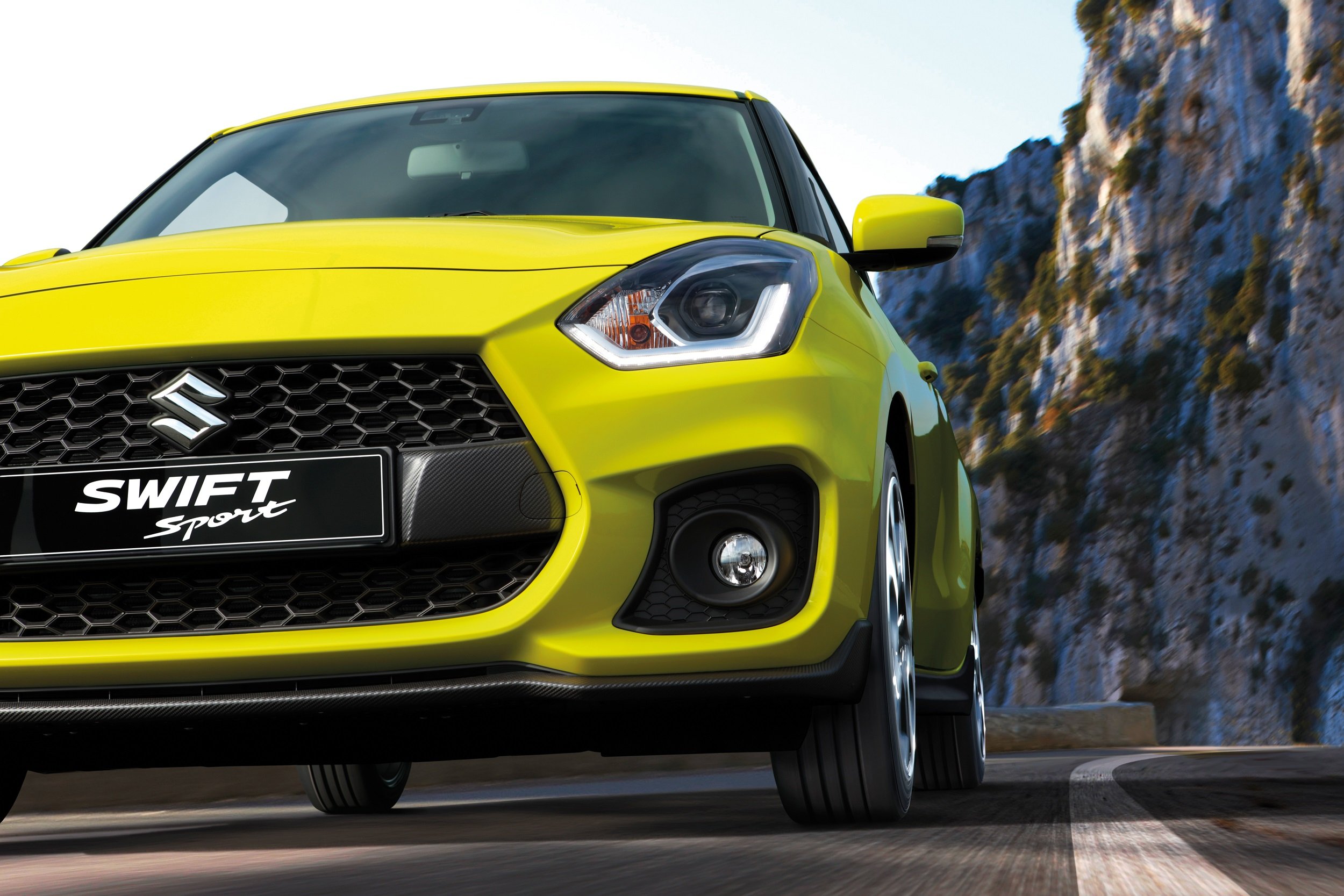
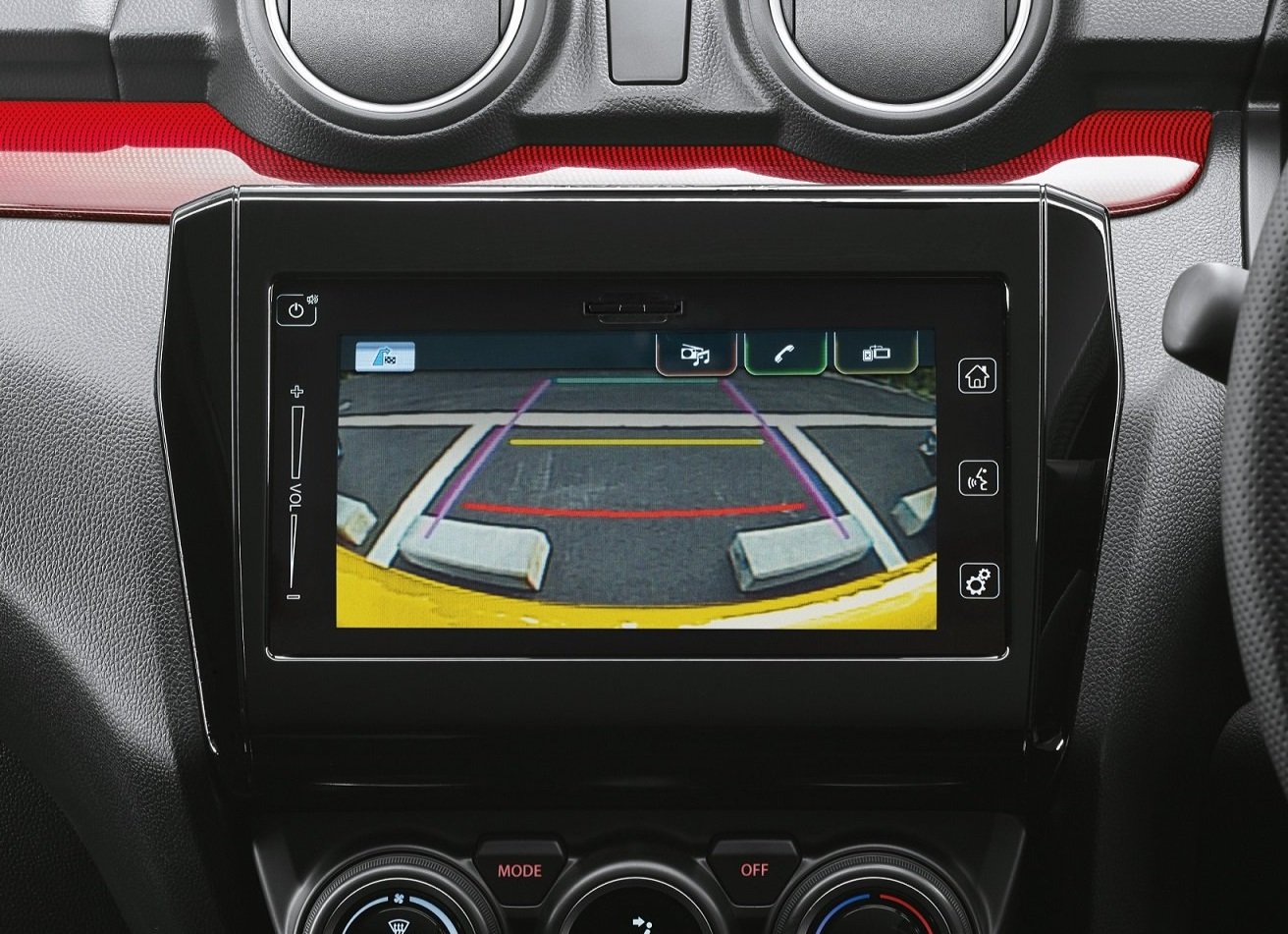
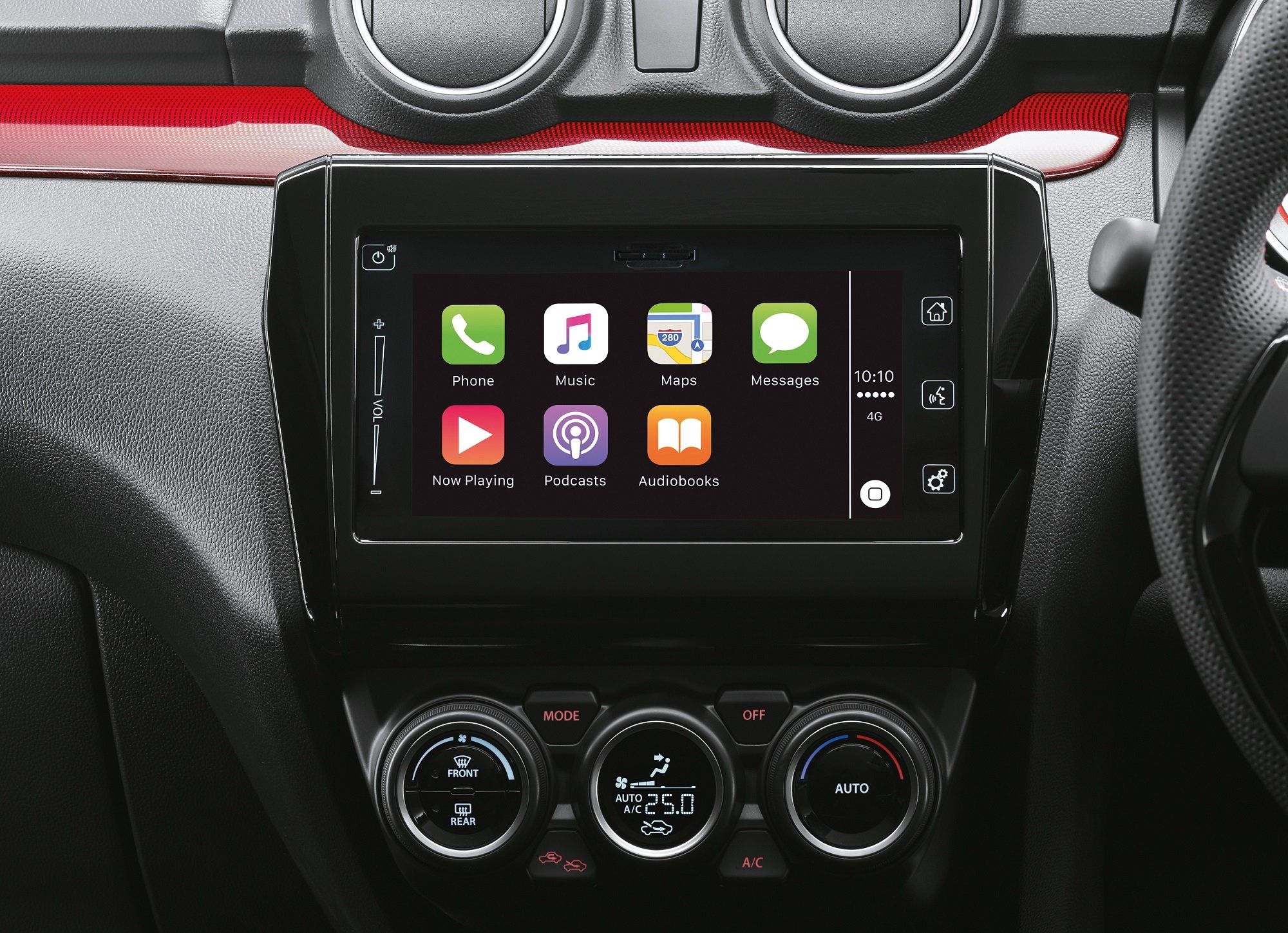
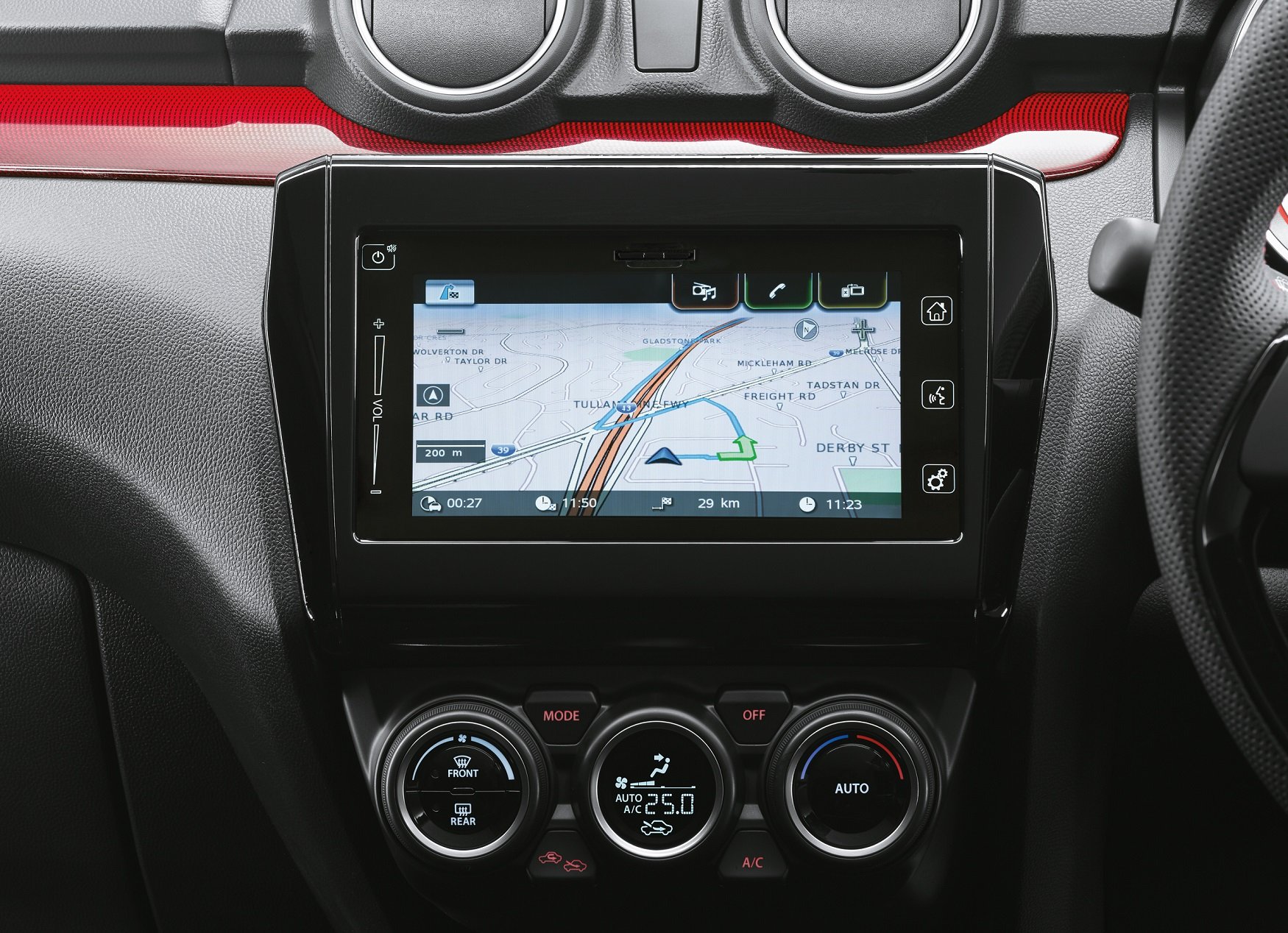











Toyota has raised the Corolla and called it a small SUV, one that offers reliability, practicality and even performance atop the range. Let’s see if there are any redeeming features that can justify the $50K price?